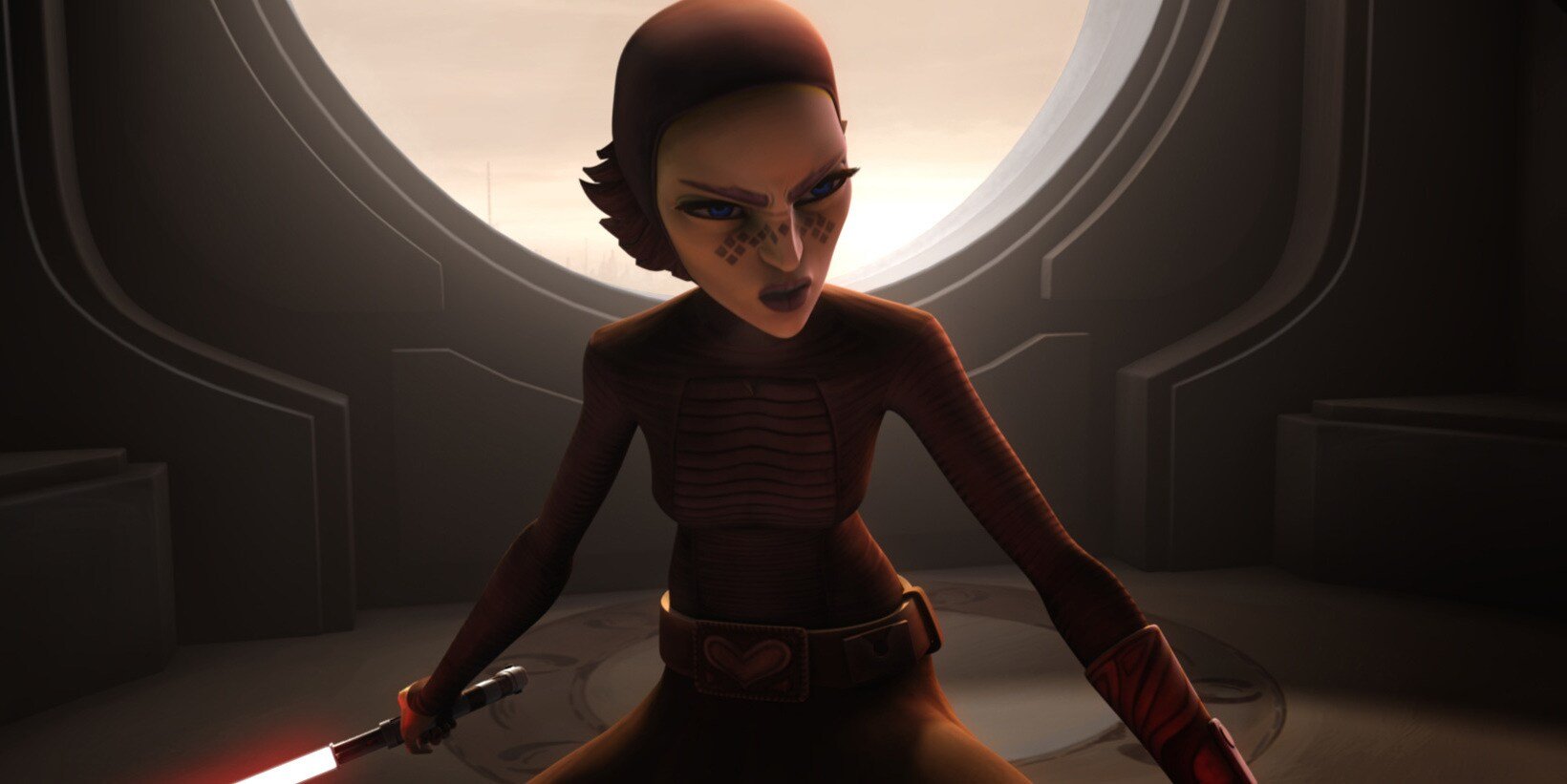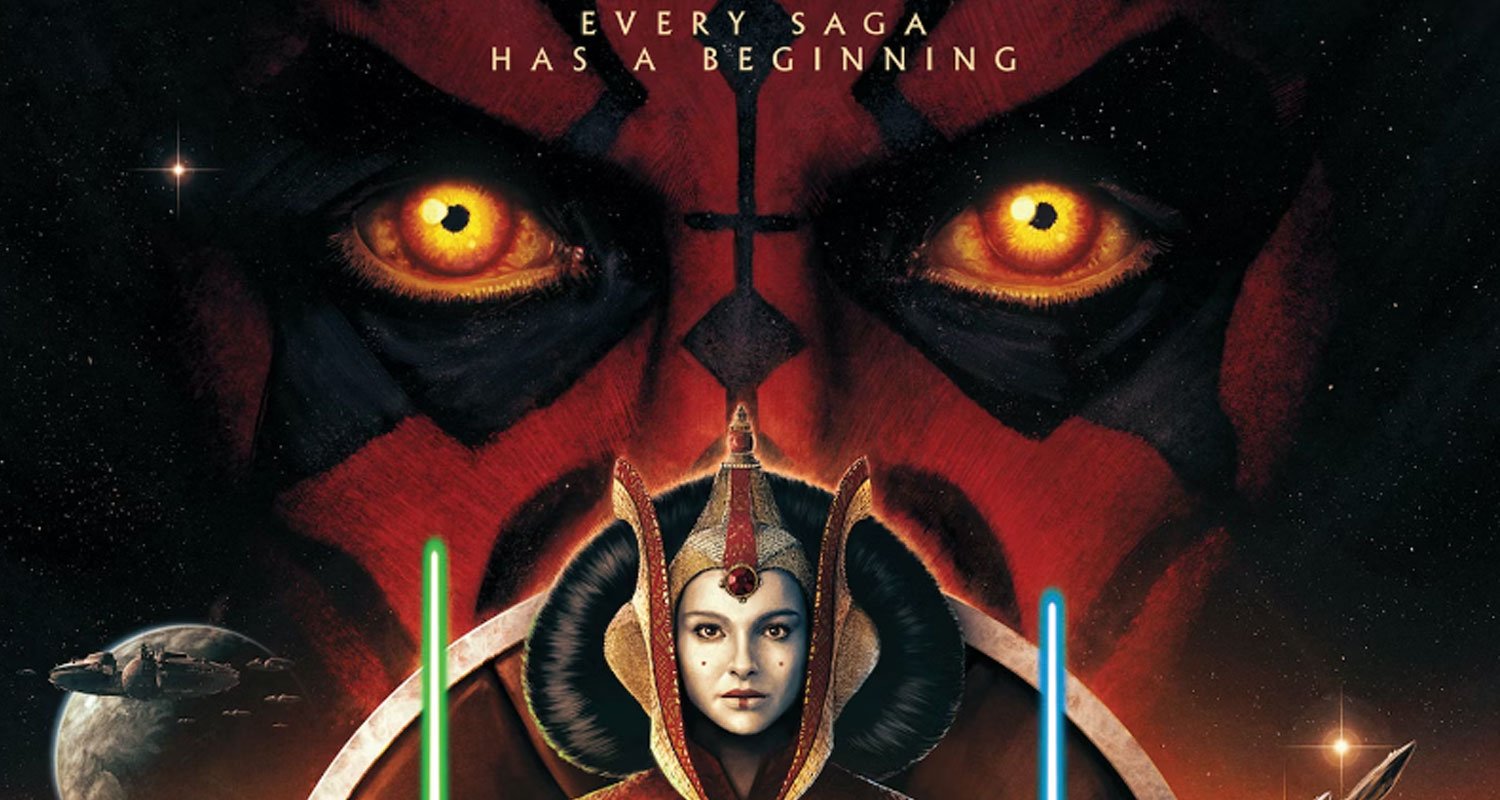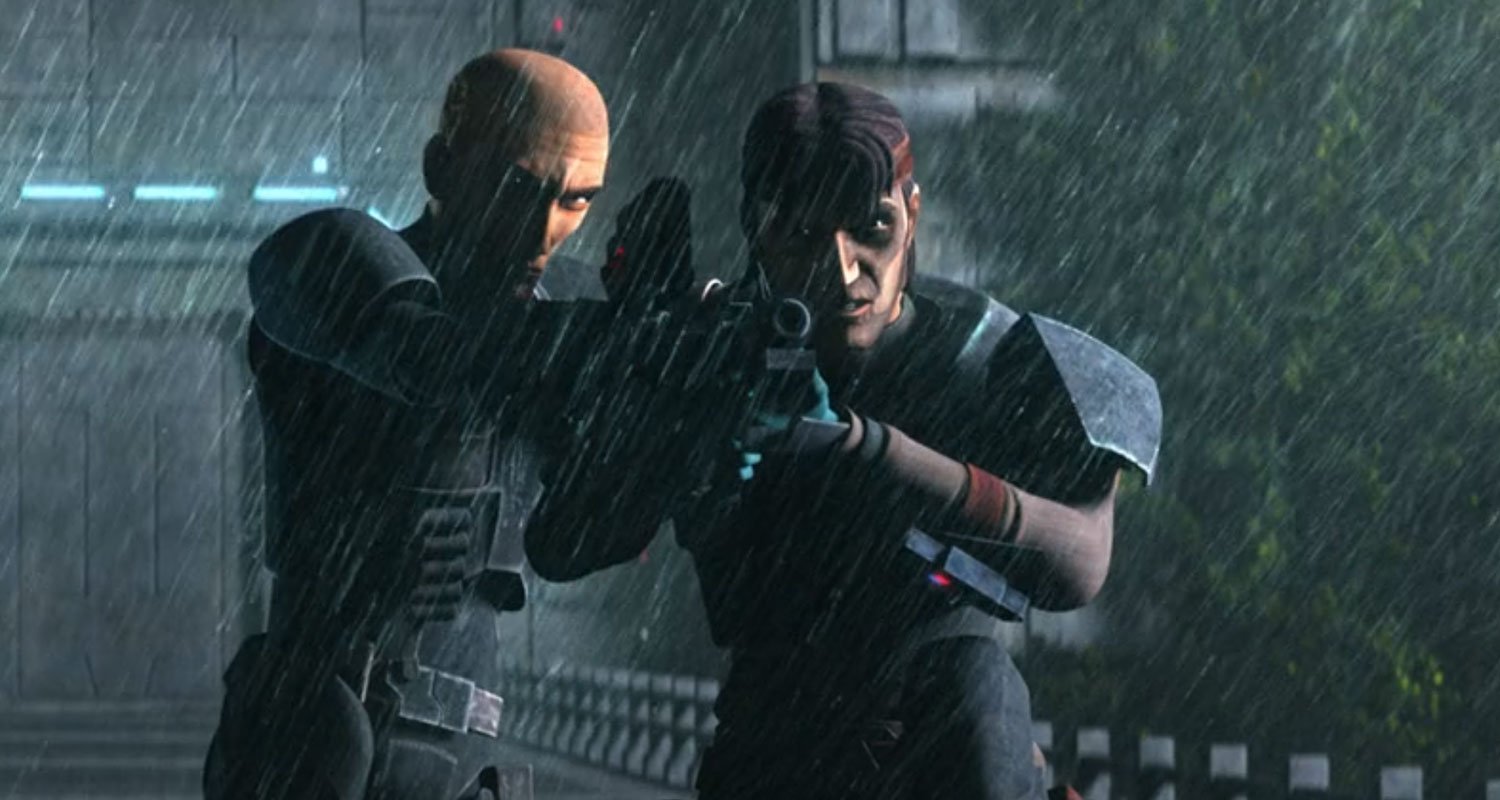‘Avatar: The Way of Water’ Review: A Gorgeous Sequel With a Lacklustre Story
In some ways, Avatar: The Way of Water was always going to struggle to live up to the hype. That’s the risk when taking 13 years to release a sequel to one of the most successful movies of all time.
Like most people, I was blown away when I saw Avatar in theatres back in 2009. The CGI looked incredible, and the 3D technology was so impressive that it spawned a 3D cinema renaissance. I also love a good sci-fi story, so it pulled me in… even if I was a bit too young at the time to realize it had some shortcomings when it came to story and dialogue. Unfortunately, while the CGI and 3D tech looks even more beautiful and impressive this time around, Avatar: The Way of Water still suffers from story issues, cheesy dialogue, and is easily an hour too long.
Leaving story and characters to one side for a moment, I have to say that The Way of Water is a gorgeous film. The Na’vi look incredibly detailed and expressive, as they did before; the cinematography is outstanding, with some beautiful shots; and the action scenes are all bombastic and entertaining. However, the animation does look less than believable at times, especially during high-octane action sequences.
There are fewer humans in The Way of Water than there were in the previous film, so most of the fighting is made up of Na’vi and avatars. This means the CGI sometimes resembles that of a video game — a gorgeous, Naughty-Dog-quality video game — it doesn’t always look real. It’s a new problem the first Avatar never had to deal with, as video game graphics have come quite far in the last 13 years, and this isn’t necessarily the film’s fault. However, one of the most surprising things to me was that explosions often look video game quality. When a VTOL aircraft is destroyed and explodes, that burst of fire often looks on par with what you’d see in Call of Duty or Halo, which stands out when everything else is so beautifully rendered. On the other side, the underwater effects that James Cameron blamed as the main reason for the sequel’s delay are fantastic — they do look real and authentic — but I can’t say they blew me away.
Speaking of having fewer humans than before, let’s discuss the story’s premise. It’s been around 15 years since the events of the first Avatar, and Jake Sully and Neytiri are raising a big family. They have four children — three of their own, one adopted — all of which are in their teenage years bar the youngest. Everything is nice and peaceful until one day, the humans return.
Humanity’s aggressions on Pandora actually have a different motivation than before. There is not a single mention of unobtanium here, and it seems humans are not here to mine the moon’s resources this time — though later in the film, the story drops a seemingly big reveal about a new resource that stops the human ageing process and never acknowledges it again — instead, they intend to colonize. Planet Earth is on its last legs, and they see Pandora as a new home. It’s a more relatable motivation than they had in the first film, even if not’s particularly original.
Humanity returns with Colonel Miles Quaritch (Stephen Lang) reborn as an avatar, along with the rest of his best lieutenants from the first film. I was hoping that being reborn in a Na’vi body would trigger a redemptive or more contemplative arc for Quaritch, but alas. The gruff military man is just as terrible a person as he was before, and isn’t interested in learning any lessons from his death; he sees his body as an upgrade and a tool to be used, rather than a second chance to do things differently. His goal is to kill Jake Sully so the humans can continue their colonization efforts; no more, no less.
The film does offer a small amount of exploration into his character, and Cameron does highlight the differences between him and Jake Sully. In the 2009 film, we see Jake peacefully bond with the wildlife as nature intended. In The Way of Water, Quaritch’s first experience of bonding with an animal is different; he punches and wrestles the creature into submission, rather than approaching it peacefully. He sees these moments as obstacles to be crushed, rather than an opportunity for growth.
These moments are undoubtedly interesting, but unfortunately, that’s as far as it goes for Quaritch. He barely has any character arc to speak of. Our protagonists do have their own character arcs, though they’re paper-thin. After his first tangle with Quaritch, Sully decides the best way to protect his family and their tribe is to run away and hide; he believes they’re outmatched against the new avatars and their human weaponry. His journey is about learning that eventually, he needs to stop running and start fighting back — an odd choice, considering he led the Na’vi resistance in Avatar — but the payoff for this will have to wait until Avatar 3 comes out in 2024.
Zoe Saldaña is once again excellent as Neytiri, but is somewhat underutilized throughout the film. She’s active in most of the action, but the story is clearly more concerned with Jake and their children than developing her character. That said, she turns into a force of nature in the final act, giving a spine-tingling performance along with some badass action scenes.
Jake’s eldest son is worried about living up to the legacy of his father, while his little brother believes his dad considers the elder sibling the perfect son. However, I can’t say that either brother goes on a journey that lets them overcome these issues. Kiri, the adopted daughter (played by Sigourney Weaver for reasons that are swiftly revealed), is unsure of her place in the world and does get something of a resolution to her issue, but somehow manages to skip a key development as her arc comes to its conclusion, despite the fact that this film lasts more than three hours.
I never felt particularly attached to either son throughout the film’s runtime. I rooted for them to succeed, but they spend most of the film in a very serious and dour demeanor. I think this is emblematic of Cameron’s inability to poke fun at his own movie, so there is little humor injected into their interactions with others, and it meant that I didn’t feel even remotely torn up when the story hit its emotional beats in the final act. Then we also have Jake’s biological daughter and one teenage human friend of his family. The former does very little, and the latter plays a role which cannot discussed without entering in full-blown spoiler territory, but neither have a role as big as the ones I’ve discussed.
The story could have easily trimmed an entire hour of its runtime. The second act is mostly focused on giving Jake’s children the same emotional beats that he had in the first film, particularly when it comes to bonding with nature. These scenes are all entertaining and capture that same wondrous feeling that they did in 2009, but they don’t offer much new and feel like they retread old ground. In fact, the second act is largely concerned with world-building and feels ponderous as a result. Again, this film is over three hours long. It feels as though Cameron opted for world-building at the expense of a tighter story arc.
The script is still a bit ropey, with some cliché dialogue and banter between Quaritch and the other military types, as there was in the first movie. There’s also an odd attempt to anthropomorphize Pandora’s whale creatures that just comes off as goofy when their warbling is translated via subtitles; there was more than one instance of unintentional laughter from a few people in my screening whenever this happened. That said, the story as a whole is decent. Nothing about this film is terrible, just a bit puzzling at times. It’s just that, after so long, there’s an expectation that it would be better than what Cameron has given us.
It certainly would have been better if it was two hours long as opposed to three, though I appreciated the story’s smaller scale as the threat is limited to Jake’s family rather than all of Pandora and the Na’vi (though presumably, once Jake is eliminated, the rest of the Na’vi will be under threat once again). Narrowing the focus this way allows for more interesting emotional stakes even if the story still manages to retread aspects of the first film. The world of Pandora and its wildlife is impressive enough that you never get bored while the protagonists explore it, even if the plot stalls a little too long.
Avatar: The Way of Water was never going to live up to the legacy of the original. It still looks incredible, but the inclusion of more human characters would have benefited the visual effects even more. Unfortunately, the story is way too long, hasn’t really fixed any of the problems from the original Avatar and even introduces some new ones. To cap it all off, it all ends on a weak cliffhanger to tease Avatar 3.
All of these story issues can easily be fixed in the third film, especially now that we’ve spent time getting to know Jake’s new family, but for now it means that Avatar: The Way of Water is a lacklustre sequel when it comes to telling a great story. It feels so preoccupied with letting its protagonists explore this amazing world which James Cameron has created that it doesn’t have room to give any of them a satisfying journey in spite of a massive three-hour-plus runtime.







